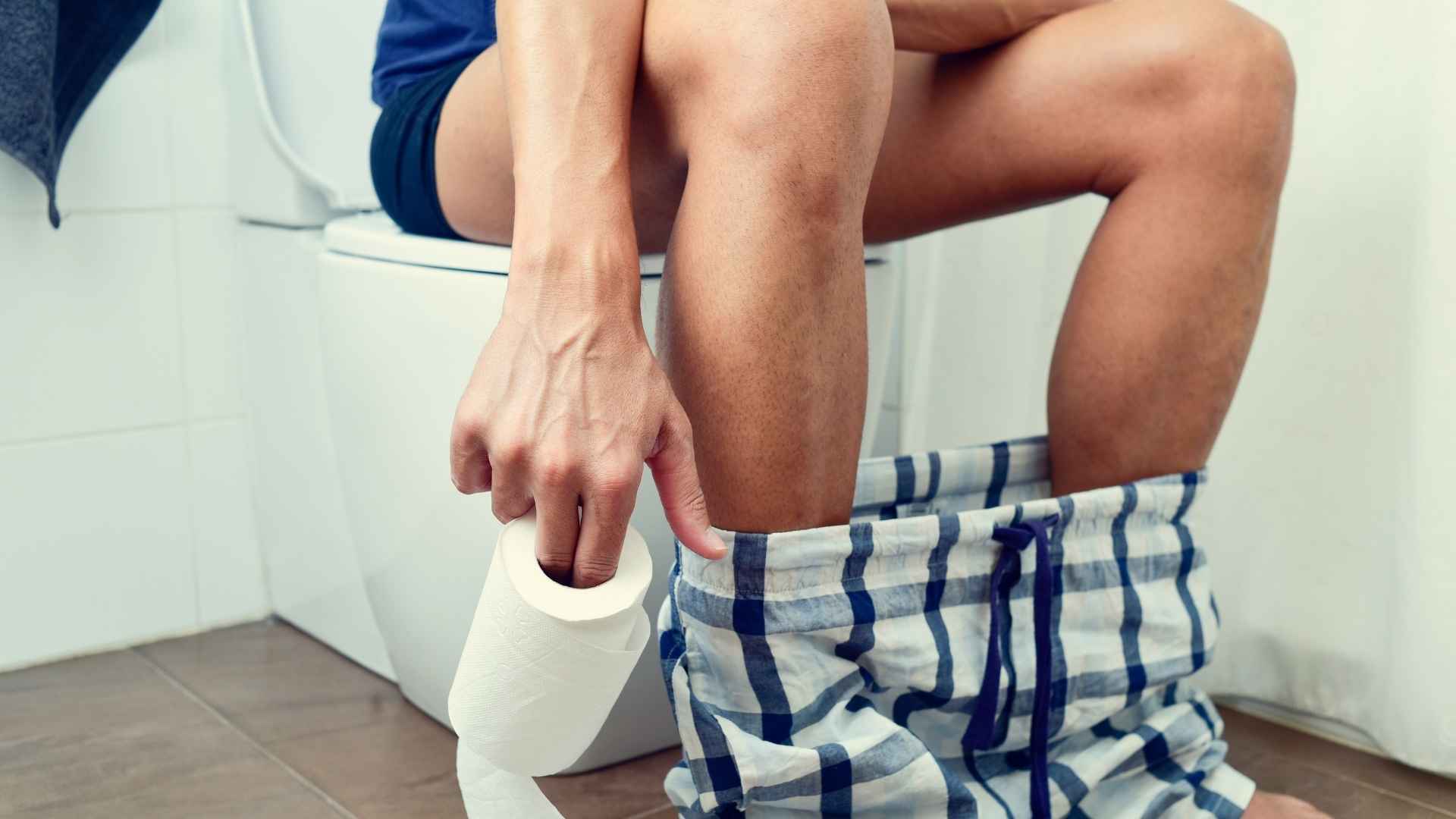How often you hit the restroom could be more than trivia—it might be an early warning system for your body.
A new investigation from the Institute for Systems Biology tracked 1,425 generally healthy adults and linked bowel‑movement frequency to blood chemistry, gut microbes, and even genetic traits. The sweet spot? One or two trips a day. Stray too far and subtle red flags start popping up.
How bowel movement frequency links to hidden markers of chronic disease risk
Researchers divided volunteers into four groups ranging from just one weekly movement to four watery visits a day. Curious why that matters? Stool that lingers encourages protein‑fermenting bugs that churn out kidney‑straining toxins. At the other extreme, frequent diarrhea carried bacteria typical of the upper gut and blood signs of liver stress.
| Frequency category | Self‑reported trips | Dominant gut microbes | Notable blood markers |
|---|---|---|---|
| Constipation | 1–2 per week | Protein fermenters | Indoxyl‑sulfate spike |
| Low‑normal | 3–6 per week | Mixed community | Baseline |
| High‑normal | 1–3 per day | Fiber fermenters | Healthy profile |
| Diarrhea | ≥4 watery/day | Upper‑gut species | Liver‑damage enzymes |
Tables are handy, but what do they mean for you? Simply put, the further you drift from the high‑normal “Goldilocks zone,” the greater the biochemical ripple through your system.
What the study found in blood and stool samples of volunteers? Scientists cross‑checked stool DNA with blood metabolites and found consistent patterns even after factoring in age, sex, and BMI. Women and younger participants showed up more often in the constipation bracket, while diarrhea skewed toward higher BMIs. “Aberrant bowel movement frequency may be an important risk factor in the development of chronic diseases,” lead microbiologist Sean Gibbons noted.
Simple lifestyle tweaks that may keep your gut in the Goldilocks zone
Wondering how to nudge your routine back on track? Try these evidence‑backed moves:
- Pack in soluble and insoluble fiber from produce, legumes, and whole grains.
- Drink water throughout the day—thirst is a late signal.
- Schedule regular movement; even brisk walks stimulate the colon.
After adopting these habits, high‑normal participants not only reported smoother bathroom visits but also carried bacteria linked to anti‑inflammatory short‑chain fatty acids.
Bowel patterns may look like mundane logistics, yet they echo through the liver, kidneys, and beyond. Paying attention now could head off trouble later—so what’s your schedule saying today?

